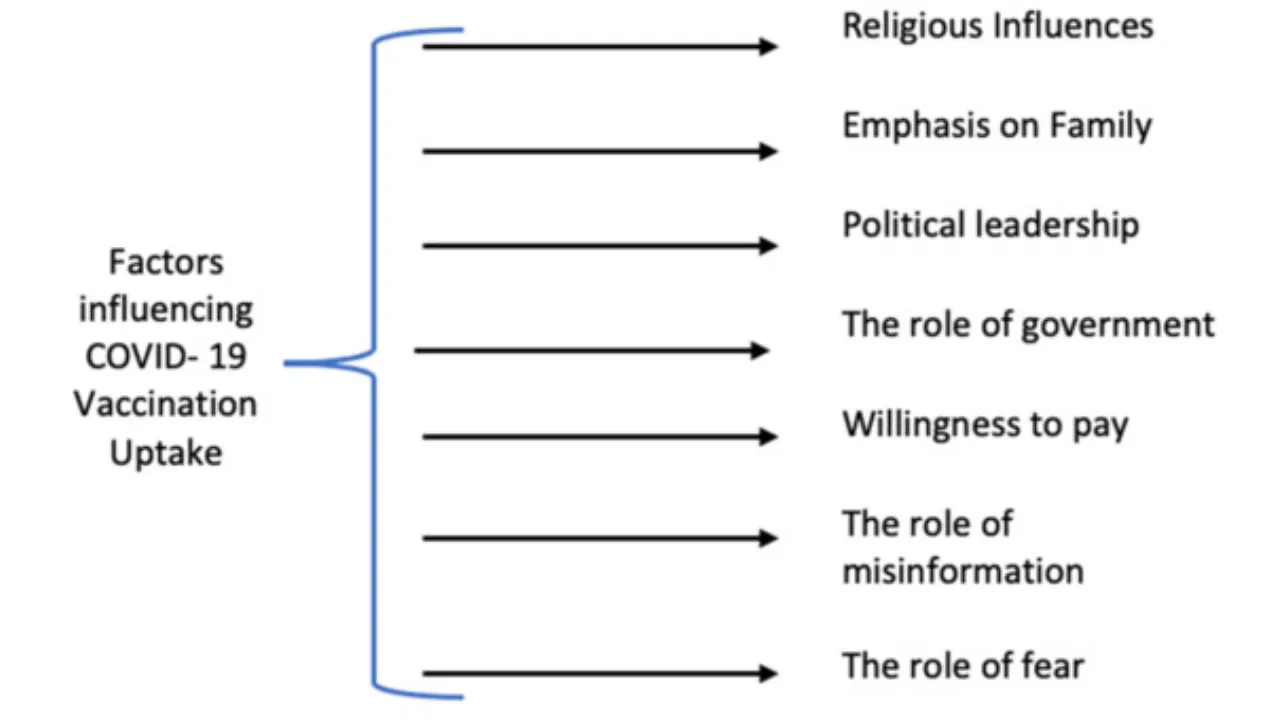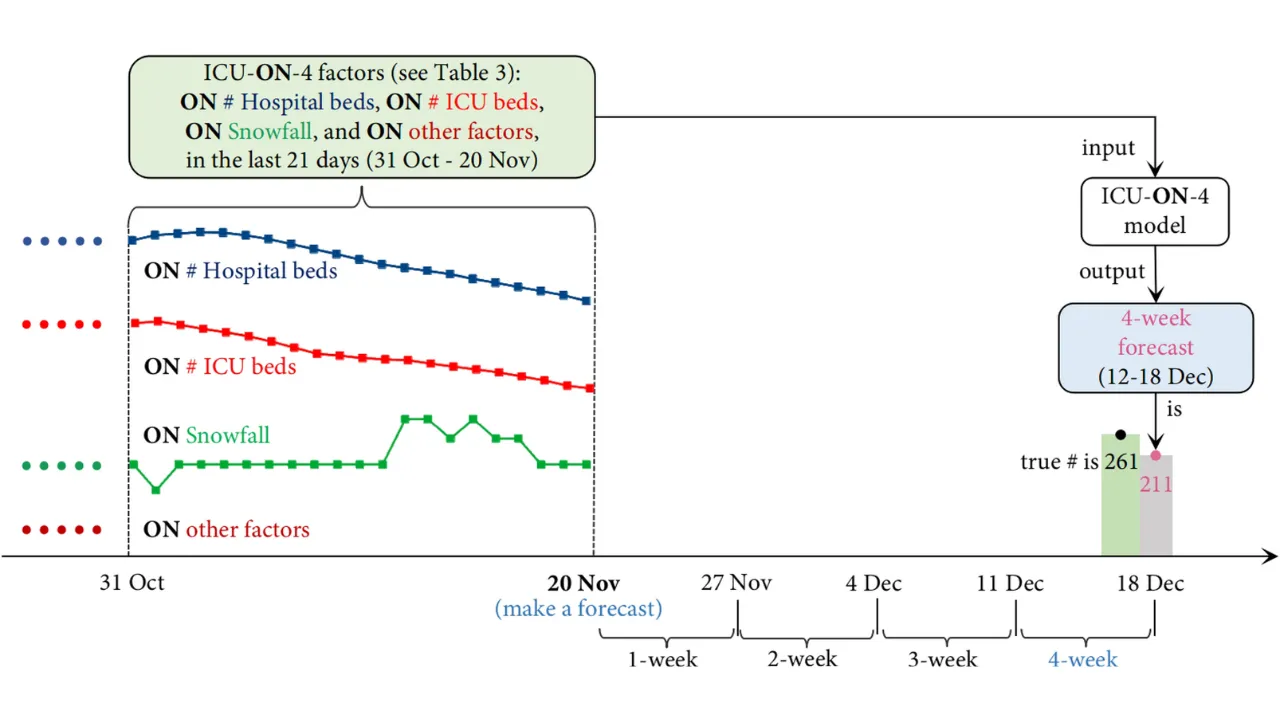Daily COVID-19 deaths in India remain one of the most difficult indicators to predict accurately. The numbers we see each day are the result of numerous interlinked factors, including virus mutations, healthcare access, reporting systems, and public health responses. During major surges, especially in the second wave, India witnessed significant challenges in both tracking and projecting fatalities in real time.
This article explores the core challenges in forecasting daily COVID-19 deaths in India. It highlights the unpredictability caused by data inconsistencies, variant behavior, healthcare capacity, and underreporting. We’ll also look at reliable sources for death-related data and how researchers attempt to model the path of the pandemic despite uncertainties.
Daily COVID-19 Deaths in India
Forecasting daily COVID-19 deaths in India involves analyzing rapidly changing data. Unlike cumulative totals, daily counts are highly sensitive to fluctuations in case numbers, testing coverage, and regional disparities in healthcare. These figures often reflect delayed reporting, particularly in rural areas where infrastructure for data collection is limited.
Furthermore, state-wise differences in data quality and health surveillance systems complicate efforts to generate consistent daily forecasts. Although India has centralized dashboards and resources, the reliability of daily death statistics varies significantly across the country.
Overview Table: Key Factors Influencing Forecasting in India
| Factor | Impact on Forecasting |
| Data Variability | Daily deaths can fluctuate due to inconsistent reporting, especially during weekends or after festivals. |
| Variant Dynamics | New variants like Delta and Omicron have changed death trends rapidly, making it hard to predict future spikes. |
| Healthcare System | Limited beds, ICU access, and oxygen shortages can cause sudden increases in deaths during surges. |
| Public Health Measures | Lockdowns and vaccination campaigns affect both spread and death rates, impacting forecasts. |
| Underreporting | Widespread underreporting in rural and urban areas creates gaps between real and reported death numbers. |
Challenges in Forecasting Daily Deaths
Predicting daily COVID-19 deaths in India involves working with highly variable data. Unlike infection rates, which can often be gauged through widespread testing, deaths depend on timely and accurate certification. In many regions, especially rural districts, death reporting may lag or be inconsistent due to lack of trained staff, stigma, or poor infrastructure.
Additionally, the true cause of death is not always recorded correctly. People dying from post-COVID complications or unconfirmed COVID symptoms may not be included in the official death tally, making forecasting even more difficult.
Variant Dynamics and Their Impact
The emergence of new variants significantly affects mortality forecasts. For example, the Delta variant caused a sharp increase in hospitalizations and deaths during India’s second wave. In contrast, Omicron, while highly transmissible, led to fewer deaths due to milder symptoms and rising vaccination rates.
Each variant brings a different level of threat, which must be factored into any forecasting model. Since the severity and spread of a variant can’t always be predicted in advance, death forecasts often become outdated quickly during variant-driven waves.
Healthcare System Capacity
The ability of India’s healthcare system to absorb new cases has a direct impact on daily death numbers. During the Delta surge, shortages of hospital beds, oxygen, and ICU capacity led to preventable deaths. In cities like Delhi and Mumbai, even well-equipped hospitals were overwhelmed.
Forecasting models must account for the capacity of the healthcare system. However, these factors vary widely across states and districts. Urban centers may recover faster, while rural areas might experience higher fatality rates due to limited access to treatment.
Role of Public Health Measures
Government policies play a major role in shaping daily death rates. Sudden lockdowns, mask mandates, or curfews can help flatten the curve, but forecasting how strictly people will follow these rules—and how effective they will be—is difficult.
Vaccination campaigns, too, have played a huge role in reducing daily deaths. As more people receive doses, particularly the vulnerable groups, the risk of severe illness and death declines. But again, vaccine distribution and uptake vary across India, making accurate forecasting a challenge.
Underreporting of Deaths
Perhaps the biggest barrier to understanding daily COVID-19 deaths in India is underreporting. Multiple independent reports have shown that actual death counts may be far higher than official figures. Some deaths go unrecorded due to lack of testing, while others are misclassified under different causes.
This undercounting is especially problematic in rural areas, where death registration systems are weak. Even in cities, the pressure to keep numbers low or political factors may result in inaccurate reporting. This makes it difficult for experts to validate or adjust forecasting models in real time.
Trusted Sources for COVID-19 Death Data
To monitor and analyze daily deaths accurately, researchers rely on multiple sources. Here are some key platforms:
- Ministry of Health and Family Welfare (India)
The government’s COVID-19 dashboard offers daily updates, although it may reflect underreporting. - Worldometer
Provides up-to-date global statistics with country-specific breakdowns, including daily deaths. - Institute for Health Metrics and Evaluation (IHME)
Offers projections based on various scenarios, factoring in healthcare resources, mobility, and vaccinations. - Research Journals (The Lancet, Nature, etc.)
Publish in-depth analysis of death trends, often using adjusted data or excess mortality studies.
Using these platforms together provides a fuller picture of mortality trends and helps reduce reliance on any single, possibly incomplete source.
List: Key Considerations When Forecasting Daily Deaths
- Data from multiple sources is essential to offset local inaccuracies and reporting delays.
- Forecasts are only estimates, and real numbers may change quickly based on new developments.
- Variant severity and speed need constant monitoring to anticipate spikes in death rates.
- Healthcare preparedness is a major predictor of how deadly a wave might become.
FAQs
1. Why is forecasting daily COVID-19 deaths in India so difficult?
Because of inconsistent data, underreporting, and sudden changes in virus behavior, daily deaths are hard to predict accurately.
2. How reliable are India’s official COVID-19 death numbers?
They are often considered underreported, especially in rural regions, leading experts to use excess mortality estimates for better accuracy.
3. What role do variants play in forecasting deaths?
Variants like Delta and Omicron change transmission and death patterns, making long-term forecasts unreliable.
4. How do health policies impact death rates?
Policies such as lockdowns and vaccinations help control the spread, directly affecting how many people die daily.
5. Which sources are best for tracking daily COVID-19 deaths in India?
The Ministry of Health, Worldometer, IHME, and major research journals provide reliable data and projections.
Final Thought
Forecasting daily COVID-19 deaths in India is complex and constantly evolving. While experts rely on data models and statistical tools, the real-world situation often defies predictions. Staying informed through trusted sources and understanding the uncertainties behind the numbers is key. Share your thoughts below, and if you’re curious about how your state handled the pandemic, explore more regional reports and updates.















